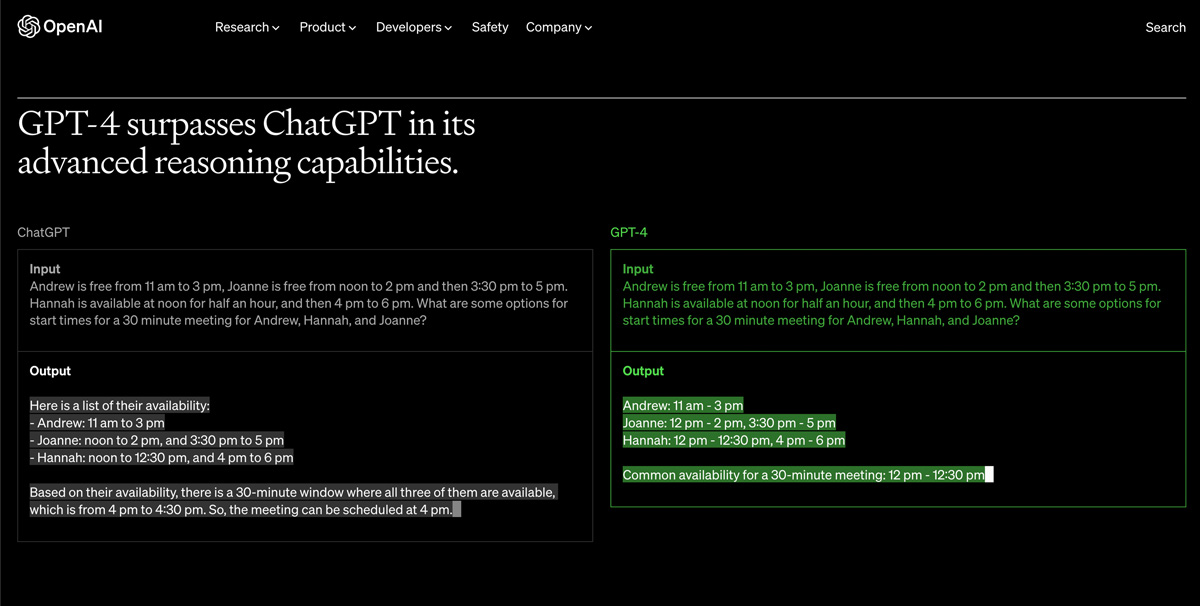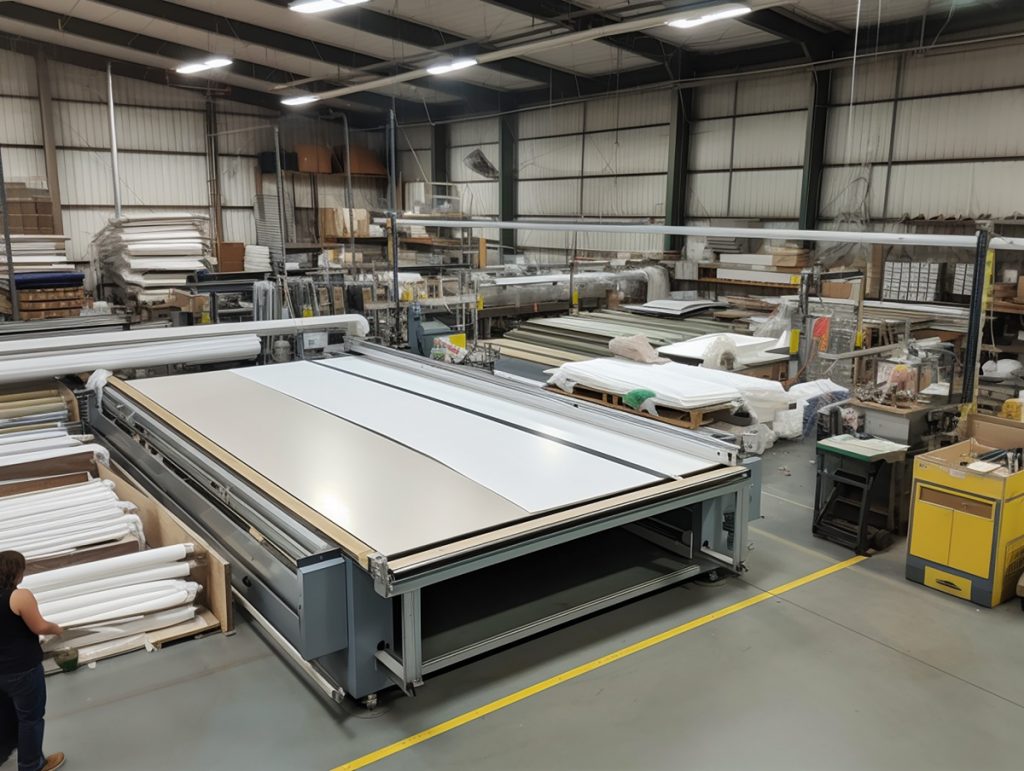

The business world is on the brink of an extraordinary transformation. Just as social media has revolutionised our personal lives, AI, in its various forms, is set to redefine the professional landscape. Initially, machines were expected to replace traditional ‘blue collar’ jobs such as manufacturing roles. However, AI is now making its mark on ‘white collar’ occupations, including programmers, copywriters, and paralegals, writes Andrew Earles, General Manager of Stan Bond.
While some industries will face considerable disruption, others may experience a milder impact. OpenAI CEO, Sam Altman, recently tweeted, “$30,000 to get a simple iPhone app created, $300 for a plumbing job. I wonder what those relative prices will look like in 2028!” The window furnishings industry, with its distinct combination of in-person selling, interior design, technical measuring, custom manufacturing, and installation, is well-placed to harness AI’s benefits while avoiding its most significant risks.
In the March edition of Window Furnishings Magazine, the team discussed ChatGPT, one of the early consumer products demonstrating the power of Large Language Models – text-based AI that feels remarkably human. This article will delve into what AI might mean for our industry and some of the benefits we can expect.

Generative Imagery
Midjourney, Dall-E, and Stable Diffusion are all Image Generating AIs based on text prompts. What does this mean? I used a number of prompts to create the photorealistic pictures in this article; it is not a real image but rather one generated by an AI calculating the content of each pixel. You can even import a photo and generate a new image based on the original picture.
Although the technology is still developing, we will soon be able to take a photo and, through a text prompt, say ‘add white S fold Sheer Curtains’ to create a beautiful representation of sheer curtains. It isn’t a significant leap to envision a future where customers can photograph their own rooms and use prompts to add stylish furniture, wall art, flooring, and window coverings, complete with ad links for purchasing.
This breakthrough could be fantastic news for our industry, as visualising the final product has long been a barrier to sales for many customers. Perhaps this will herald a resurgence of bold colours, patterns, and textures as customers can fully express their personality rather than relying on minimalist whites and off-whites. Generative AI has one of the biggest upside potentials for our industry, increasing the customer’s confidence in their choice, reducing buyers remorse and encouraging customers to make a beautiful, comfortable home. To explore this area of AI checkout midjourney.com or openai.com/product/dall-e-2.

Voice-Based Ordering
Effectively communicating customer needs, site situations, and other details through to manufacturing and installation has always been a challenge in our industry. Whether you use paper or a tablet, data entry and re-entry consume time and create opportunities for errors. However, if you record your voice while measuring a site, transcribe it, and insert the transcript into ChatGPT with a prompt for order details, you might be surprised by its accuracy – even with Australian accents. Soon, we can expect voice prompting integration into websites and order forms, saving time and reducing errors. To explore this area, use your favourite voice memo recorder tool and save the transcript to text and use ChatGPT with a prompt such as -This is a transcript of measuring for blinds. Create a table with the important information from this order-
AI in Customer Service & Sales
If you listen to your Inbound Calls, it is surprising how many of the calls are not potential leads or sales but rather are looking for basic information about our product ranges, company details or their current order. This creates a huge overhead, especially during the busiest periods of the year. Adding AI bots to websites where customers can get quick answers to questions on products based on information specific to your business or even to their order will soon be much easier.
The window furnishings industry can significantly benefit from AI’s advancements in customer service and sales. By integrating AI bots into the sales process, businesses can streamline consultations, providing clients with real-time product information, pricing, and customisation options.
AI algorithms can be used to analyse customer preferences and identify emerging trends in the industry. This valuable information can be used to develop targeted marketing campaigns, ensuring businesses stay ahead of the curve and maintain a competitive edge in an ever-evolving market.
Want to learn more – Chatbot Tools such as www.chatbase.co are early movers in this space but be careful what information you are giving away.
Betamax vs. VHS – Who Will Prevail?
While OpenAI, in collaboration with Microsoft, has taken the lead, Google remains the world’s largest AI development company, possessing vast amounts of data to refine their models. Facebook/Meta and Tesla have also announced investments in business-focused AI models. In the realm of IT, first-mover advantage doesn’t guarantee success. The outcome of the AI model wars remains uncertain, but experts increasingly predict the coexistence of multiple large AI models, including some open-source options that businesses can integrate.
Google Apps and Microsoft 365 are set to incorporate these products in the coming months, so training teams to use them effectively will be a crucial challenge for 2023. Both companies have announced plans to allow the addition of business-specific information, enabling their models to access data such as price lists or technical documents.
Key Questions to Consider
• Who owns your data? If you don’t have full access to your data, you may miss the opportunity to train a business-specific AI model in the future.
• Do you have an AI Use Policy? Most of the information you input into ChatGPT will be used to enhance future models. Consider a policy that restricts the use of private or confidential information with ChatGPT and similar websites.
• How will you train your team? AI models are incredible tools, but they’re only effective when used correctly. Significant time savings and increased professionalism can be achieved, but proper training on when and how to use available tools is essential.
• How will ‘non-techie’ team members cope? A challenge for business leaders will be how to develop the skills of team members who view themselves as non-techie and will not as easily embrace these new tools.
• How will you stay up to date? As AI technology rapidly evolves, staying up-to-date with the latest developments and trends is crucial for maintaining a competitive edge.
Conclusion
The potential impact of AI on our industry and many others is both exciting and somewhat daunting. However, our industry stands apart; AI tools are poised to enhance our productivity and customer value rather than diminishing their dependence on us. The aspects that make our industry so challenging – the fine details, technical measuring, and hands-on installation – will serve as the catalyst for our industry’s ability to flourish in the emerging AI-driven economy. That’s the view of this Blindman.